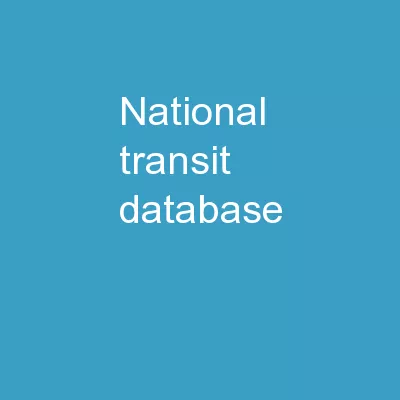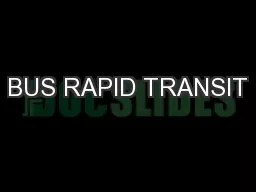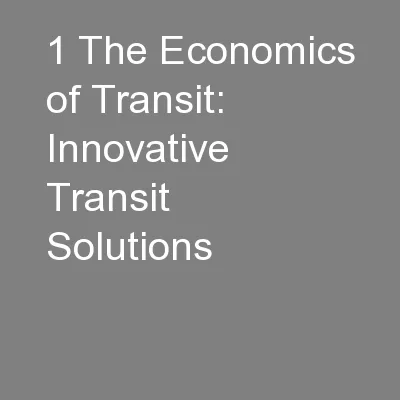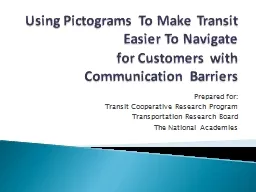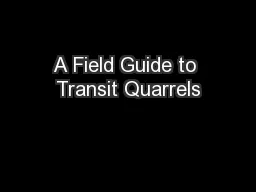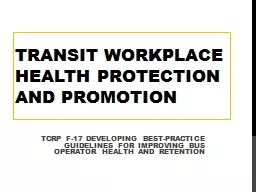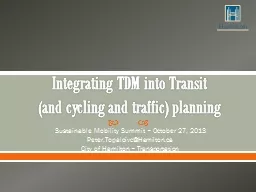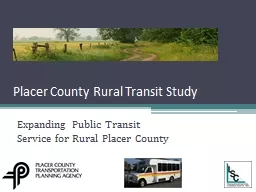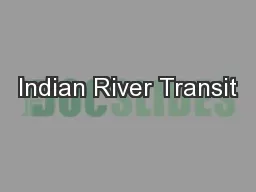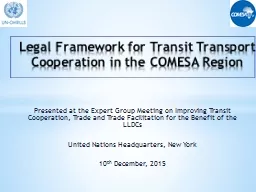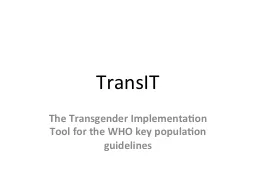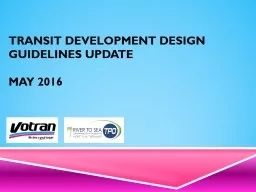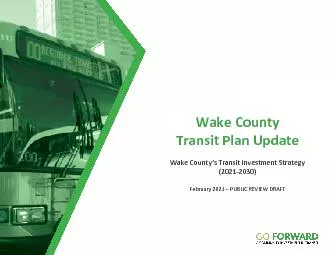PPT-National Transit Database
Author : luanne-stotts | Published Date : 2019-03-15
NTD Reporting for State DOTs Report Year 2016 Contact Information National Transit Database 943 Glenwood Station Lane Suite 102 Charlottesville VA 22901 Help Desk
Presentation Embed Code
Download Presentation
Download Presentation The PPT/PDF document "National Transit Database" is the property of its rightful owner. Permission is granted to download and print the materials on this website for personal, non-commercial use only, and to display it on your personal computer provided you do not modify the materials and that you retain all copyright notices contained in the materials. By downloading content from our website, you accept the terms of this agreement.
National Transit Database: Transcript
Download Rules Of Document
"National Transit Database"The content belongs to its owner. You may download and print it for personal use, without modification, and keep all copyright notices. By downloading, you agree to these terms.
Related Documents

